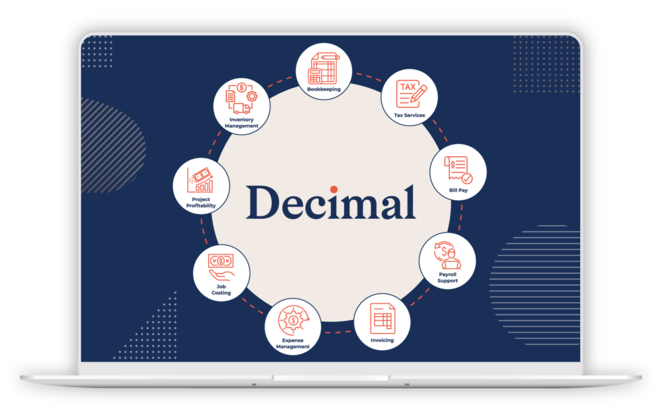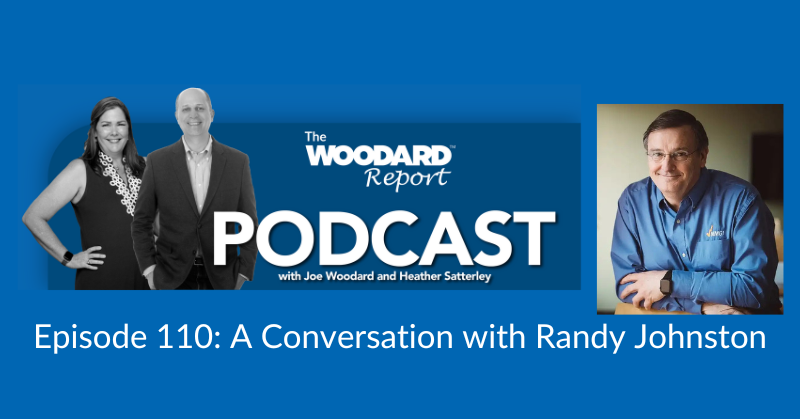When every scroll is a competition for attention, design isn’t just decoration — it’s strategy. Whether you’re an accountant looking to differentiate your firm or a freelancer trying to win trust fast, your visual presence shapes the decision. Customers make judgments in milliseconds. They don’t read your value proposition — they see it. That means no matter how sharp your service, it’s invisible if your visuals are dull, disjointed, or forgettable. In a visually competitive marketplace, your brand must do more than look good. It has to feel instantly clear, aligned, and magnetic.
Design that stops the scroll
Before they trust you, they have to notice you. Eye-catching design works because it speaks before the words do. But what grabs attention isn’t loudness — it’s alignment. Clean layout, defined spacing, and intentional contrast draw the eye where you want it. Too often, brands confuse clutter with energy. The result? Visual chaos. Instead, brands that win tend to apply tight constraints — limited color palettes, grid-based layouts, and typography hierarchies — not to be boring, but to guide attention. Research supports this: audiences respond best when the design reflects an internal logic. That internal logic often comes from branding systems built around clarity, not flash. Companies who invest in mastering how consistent branding drives recognition tend to outperform those chasing novelty.
Locking in a visual identity
Visual identity isn't just your logo — it’s the full grammar of how your brand shows up. Fonts, imagery, spacing, tone, iconography. The key is consistency, but that doesn’t mean sameness. A strong identity has range, but always feels like you. If your social graphics look different from your brochures, and your landing pages feel templated while your ads feel handmade, the trust breaks down. People don’t always notice why — they just feel misaligned. That’s why it’s critical to root every visual decision in a shared vocabulary. This means codifying everything from color values to voice tone. You’re not just branding for aesthetics; you’re branding for mental fluency. Clear systems reduce hesitation. Good designers start with understanding the elements that shape visual identity design — and they use those as non-negotiables, not afterthoughts.
Images that earn belief
If you’re selling a service or product online, your photos are your storefront. And if those photos feel generic, grainy, or stocky, trust vanishes. High-resolution isn’t enough. You need angles. Context. Proof. That’s why top ecommerce brands don’t stop at a hero image — they show the product from all sides, in action, with supporting materials nearby. This isn’t about pixel count; it’s about presence. What does this image tell me that the copy can’t? One of the simplest ways to increase conversions is to provide multiple views that reinforce quality. Customers feel more confident when they’re shown, not told. And the impact is measurable: retailers who use multiple angles to boost product trust tend to see fewer returns and higher cart completions. This applies whether you’re selling a lamp or a consulting package.
Content that connects emotionally
Static visuals won’t carry the load alone. If you want to turn browsers into believers, you need visual content that moves. This can mean motion graphics, carousels, short videos — or just images that tell a story. The key? Show the stakes. Use imagery to mirror the customer’s world before and after your solution. One of the most underused tactics in this space is showing the product or service in use, tied to real emotion. A therapist doesn’t just show a logo. They show a couple reconnecting. A tax advisor doesn’t just show forms — they show peace of mind. It works. Eye-tracking studies reveal that visuals with emotional cues hold attention longer. And product photos that show product in use emotionally tend to outperform those that rely on abstraction. The right photo can say: “This could be you.”
Brand presence that scales
Your audience doesn’t live in one place. They don’t just find you on LinkedIn. They also Google you, land on your site, check Instagram, see a flyer at an event, and maybe even get a postcard. If each of those touchpoints feels different, you're bleeding equity. Brand consistency across platforms doesn’t mean duplicating everything — it means echoing the same mood, promise, and rhythm. Your website may be formal. Your Instagram may be casual. But both should still feel like extensions of the same brand body. Inconsistency creates friction. Customers shouldn’t have to reorient. Instead, every platform should be a confirmation. This is why businesses that succeed tend to embed systems that support branding across both digital physical spaces — not just for recognition, but for rhythm. That rhythm builds memory.
Image performance that delivers
Beautiful visuals can’t slow you down. And in a high-speed, mobile-first web, slow-loading images kill conversion. But the fix isn’t just compression — it’s strategy. Choosing the right image format (e.g., WebP vs. JPEG), controlling resolution based on screen type, and setting responsive parameters for mobile all impact how quickly and cleanly your brand loads. These are backend decisions, but they directly affect perception. A five-second delay? That’s a lost customer. Clean delivery makes your brand feel reliable. And optimized visuals often outperform heavier ones with higher resolution — because they serve the moment. Mastering how to optimize image format size resolution is no longer optional. It’s a baseline. If you want to look fast, you need to be fast.
Smart tools that keep you agile
You don’t need a design team to execute well. Many modern tools now let you create brand-consistent, visually sharp assets with minimal effort. One area often overlooked? Backgrounds. Whether it’s a profile image, product photo, or hero banner — background control shapes the mood. It controls depth, color harmony, and contrast. A cluttered background can tank a great headshot. A sharp one can carry an entire homepage. That’s where tools like Adobe Express come in. Their online background maker gives non-designers precision control, letting you generate clean, branded visuals in minutes. It’s not about perfection — it’s about speed with intention. And for small businesses without a full creative team, that agility matters.
The visual field isn’t just saturated — it’s ruthless. Customers don’t care if you’re “the best” unless you look like you belong. That doesn’t mean being flashy. It means being intentional. Clean design signals care. Cohesive branding signals stability. Sharp imagery signals competence. And engaging content signals relevance. In a market where everyone’s shouting, your job is to resonate. You do that by showing, not telling. By making every visual count. And by building a system where design isn't decoration — it’s trust, delivered at a glance.
.png?width=150&height=63&name=TWRlogo-regmark_blueblack%20(1).png)
.png)










Do you have questions about this article? Email us and let us know > info@woodard.com
Comments: